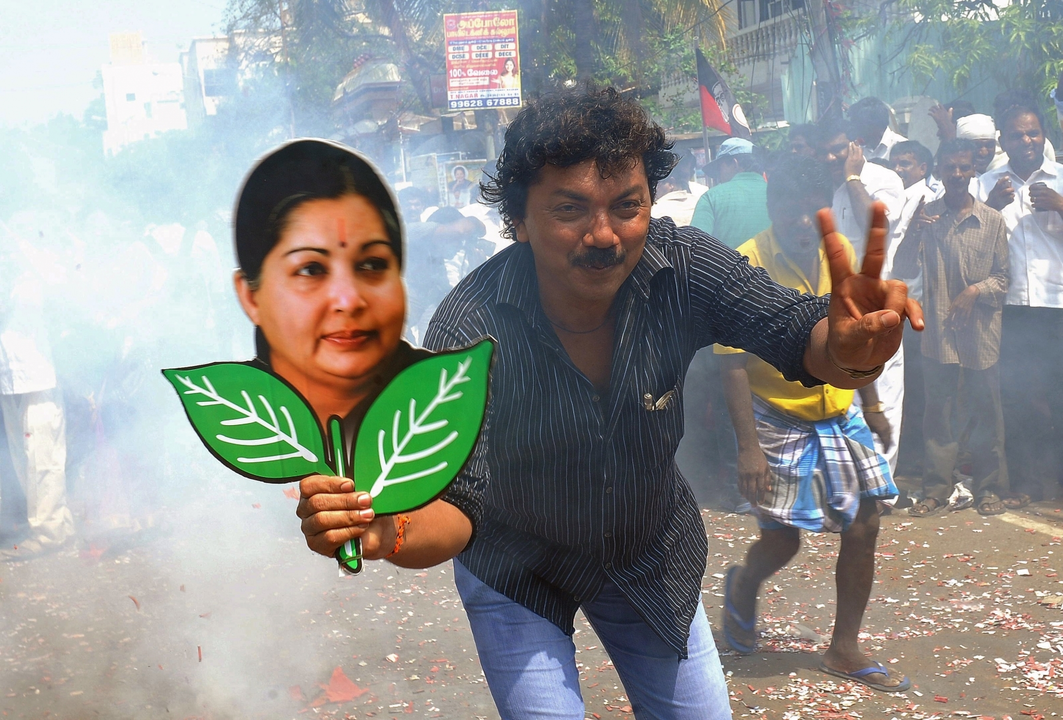News Websites in India: pick reliable sources and spot bias
Want news that’s clear and useful? India has dozens of news sites and it’s hard to know which ones to trust. This page helps you compare major sites, gives simple checks for bias, and explains where firstpost.com tends to lean so you can read smarter.
How to judge an Indian news website
Start by checking who owns the site and whether it shows clear bylines and sources. Ownership and funding shape what gets covered and how. Look at headlines versus story content — sensational headlines that don’t match the article are a red flag. Notice tone: does the site use strong words to push an opinion, or does it stick to facts and quotes?
Check a sample of stories across a week, not just one article. Watch for repetitive talking points that align with a political party or corporate interest. Also pay attention to corrections: reliable sites correct mistakes openly. If you want quick verification, compare the same story on two or three outlets from different ownership backgrounds.
Where Firstpost usually stands
Firstpost is one of the better-known digital news outlets in India. Its coverage mixes straight reporting, opinion pieces, and long-form analysis. You’ll find investigative reports and quick news updates alongside strongly worded opinion columns. That mix means you need to separate news from commentary when you read it.
On politics, Firstpost often leans center-right in its opinion pieces and commentary sections. Its editorials and many columnists tend to be critical of left-leaning positions and supportive of market-friendly, nationalist-leaning policies. That doesn’t mean every news story is biased, but readers should be cautious with pieces labeled opinion or analysis — those reflect viewpoints rather than pure reporting.
Want to read Firstpost more effectively? Stick to straight news reports for facts and use opinion pieces to understand one viewpoint. Cross-check important claims with outlets that have different editorial slants to get a fuller picture.
Other practical checks for any Indian news site: look at the site’s sourcing (quotes, documents, data), check for clear timestamps, and see if reporters include responses from all relevant parties. Social media headlines often strip nuance, so open the full article before sharing.
Ultimately, no single website gives you the whole story. Treat news sites as tools: use a cluster of reputable sources, flag opinion vs. news, and watch for repeating narratives. That approach makes it easier to spot bias, understand Different perspectives, and form your own view on events in India and beyond.
